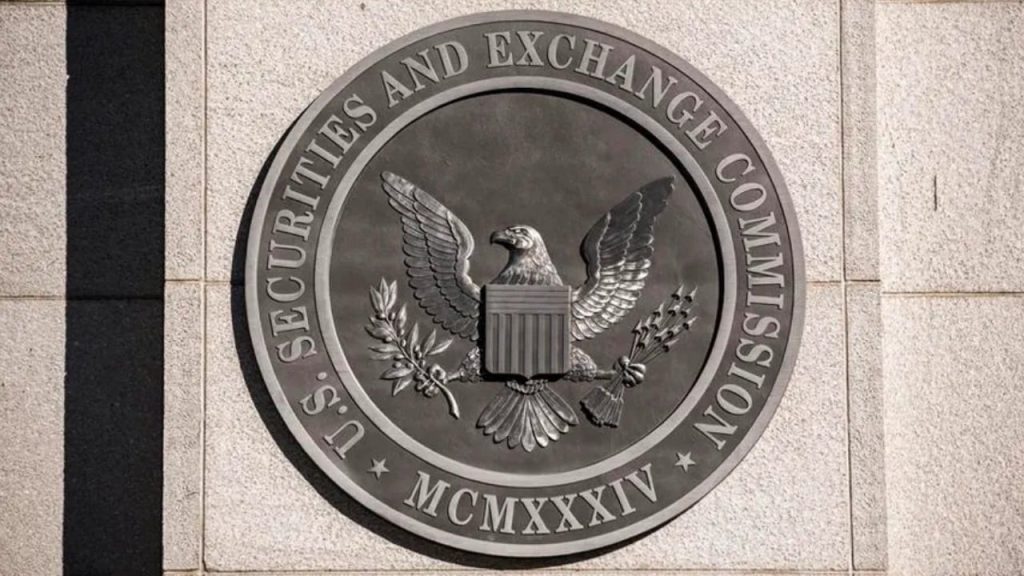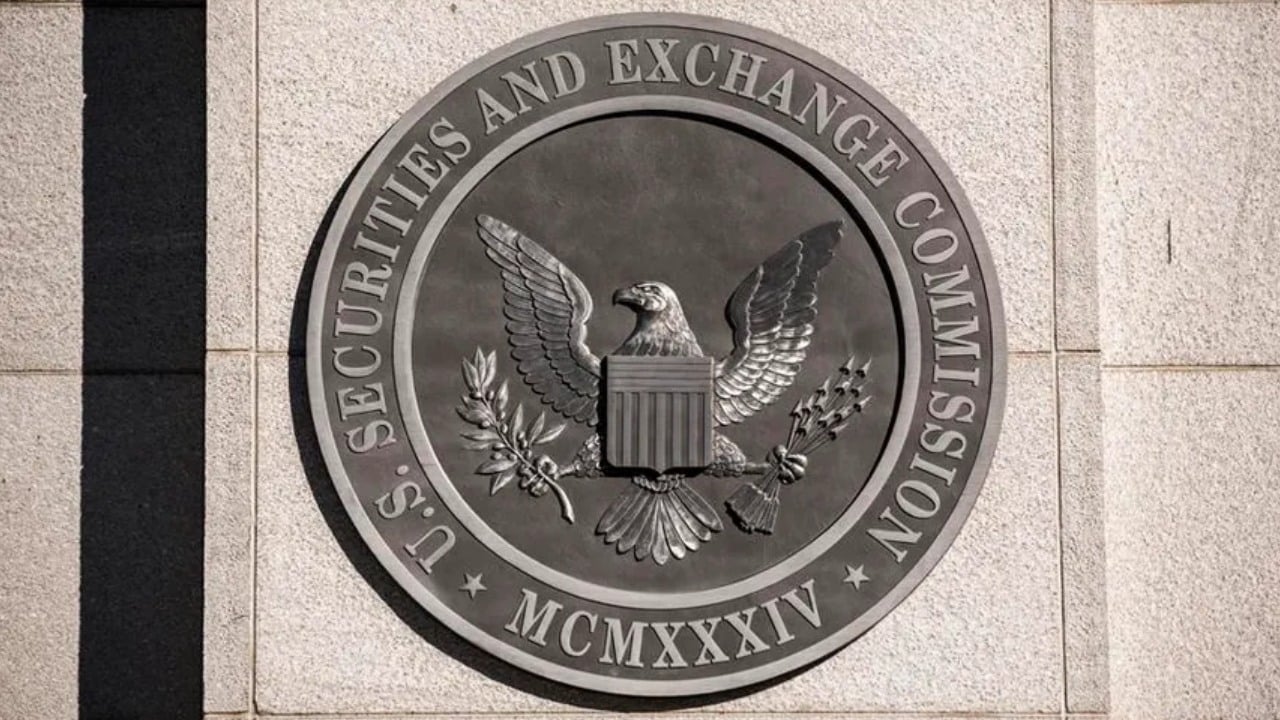
The GENIUS Act: A New Dawn for Crypto or a Trojan Horse?
Introduction: A Paradigm Shift in Digital Finance
The cryptocurrency landscape has undergone a profound transformation with the passage of the GENIUS Act. This bipartisan legislation, signed into law after a contentious but ultimately unanimous Senate vote, represents a watershed moment in the regulation of digital assets. As cryptocurrencies transition from niche experimentation to mainstream financial instruments, the need for a robust regulatory framework has become increasingly apparent. The GENIUS Act, with its focus on stablecoins, aims to provide that framework. However, its true impact remains a subject of intense debate. This report explores the intricacies of the GENIUS Act, its potential implications, and the divergent perspectives of its proponents and detractors.
The Genesis of GENIUS: Taming the Wild West of Stablecoins
Stablecoins, a subset of cryptocurrencies designed to minimize price volatility by pegging their value to a reserve asset, have emerged as a cornerstone of the digital asset ecosystem. These assets facilitate seamless transactions, enable decentralized finance (DeFi) applications, and provide a hedge against the volatility inherent in other cryptocurrencies. However, their rapid ascent has also exposed vulnerabilities, including systemic risks, consumer protection concerns, and potential avenues for illicit financial activities.
The GENIUS Act seeks to address these challenges by establishing a comprehensive regulatory framework specifically tailored to stablecoins. At its core, the Act mandates stringent reserve requirements, ensuring that stablecoin issuers maintain sufficient assets to back their digital currencies. This provision aims to prevent scenarios where stablecoins become overcollateralized or fail to meet redemption demands, a concern that has plagued the industry in the past.
Key Provisions: A Regulatory Blueprint for the Digital Age
The GENIUS Act is not merely a set of reserve requirements; it represents a holistic approach to stablecoin regulation. The Act delineates the roles and responsibilities of key regulatory bodies, including the Securities and Exchange Commission (SEC) and the Commodity Futures Trading Commission (CFTC), and introduces new licensing and registration requirements for stablecoin issuers.
SEC Oversight: Defining the Boundaries of Crypto Securities
The SEC, under the leadership of Chairman Paul Atkins, plays a pivotal role in the GENIUS Act’s regulatory framework. The Act empowers the SEC’s Crypto Task Force to define the security status of various crypto assets and enforce regulations related to investment products and securities offerings involving stablecoins. This provision is particularly significant given the SEC’s ongoing efforts to clarify the regulatory status of digital assets.
The inclusion of entities like Chainlink Labs in the regulatory dialogue underscores the SEC’s commitment to engaging with industry stakeholders. However, critics argue that the SEC’s approach to crypto regulation has been inconsistent, raising concerns about the Act’s ability to provide the clarity and certainty that the industry craves.
CFTC Jurisdiction: Ensuring Fair and Transparent Markets
The CFTC, known for its expertise in commodity markets, gains increased authority over stablecoins used in derivatives trading and other commodity-related activities. The Act seeks to prevent market manipulation, ensure fair trading practices, and promote transparency within the stablecoin ecosystem.
The CFTC’s involvement is particularly noteworthy given its recent actions against crypto-related fraud and market manipulation. However, some industry participants express concerns about the CFTC’s ability to effectively regulate the rapidly evolving crypto space, given its limited resources and expertise in digital assets.
Licensing and Registration: A Path to Legitimacy
The GENIUS Act introduces a licensing and registration regime for stablecoin issuers, subjecting them to ongoing supervision and compliance requirements. This provision aims to weed out bad actors, foster a more responsible stablecoin industry, and enhance consumer confidence.
However, the Act’s reliance on self-regulation raises eyebrows. Critics argue that the Act’s provisions lack the necessary teeth to prevent fraud and ensure compliance, potentially leaving consumers vulnerable to unscrupulous actors.
The Promise: A Balanced Approach to Crypto Regulation
Proponents of the GENIUS Act argue that it strikes a delicate balance between fostering innovation and ensuring consumer protection. By providing a clear regulatory framework, the Act aims to:
- Attract Investment: Reduce regulatory uncertainty, encouraging institutional investors and traditional financial firms to enter the crypto space.
- Protect Consumers: Mitigate risks associated with stablecoins, such as potential runs on unbacked assets or fraudulent schemes.
- Promote Innovation: Allow legitimate stablecoin projects to flourish within a well-defined regulatory environment, fostering new use cases and applications.
The Crypto Council for Innovation (CCI) has praised the GENIUS Act as a “defining step for responsible crypto policy,” highlighting its potential to provide a clear and comprehensive framework that promotes innovation while safeguarding consumers. President Trump, in his remarks upon signing the Act, emphasized its role in “solidifying American leadership in global finance and cryptocurrency technology.”
The Perils: Unintended Consequences and Regulatory Gaps
Despite the optimism surrounding the GENIUS Act, critics raise valid concerns about its potential drawbacks and unintended consequences. These concerns span a wide range of issues, from regulatory arbitrage to the chilling of innovation.
Self-Regulation Concerns: A Wolf in Sheep’s Clothing
One of the most prominent criticisms of the GENIUS Act centers around its reliance on stablecoin issuers to police themselves. Critics argue that this approach lacks the necessary oversight and enforcement mechanisms to prevent fraud and ensure compliance. As Frayer notes, the GENIUS Act “essentially allows stablecoin issuers to bypass most regular banking protections,” potentially leaving consumers exposed to unscrupulous actors.
Regulatory Arbitrage: A Race to the Bottom
Concerns exist that the GENIUS Act may inadvertently create opportunities for regulatory arbitrage, where companies seek out the most lenient jurisdictions to operate. This phenomenon could undermine the effectiveness of the regulations and create an uneven playing field for stablecoin issuers.
Chilling Innovation: A Double-Edged Sword
Overly strict regulations could stifle innovation and drive legitimate stablecoin projects offshore, hindering the development of new technologies and applications. This concern is particularly acute given the crypto industry’s history of innovation and its potential to disrupt traditional financial systems.
Lack of Clarity: A Recipe for Confusion
Some argue that the GENIUS Act, despite its intention to provide clarity, leaves certain key aspects of crypto regulation ambiguous. This ambiguity could lead to confusion, legal challenges, and regulatory uncertainty, potentially undermining the Act’s objectives.
401(k) Risks: A Ticking Time Bomb
The potential inclusion of crypto, particularly stablecoins, in 401(k) plans raises further concerns. While offering potential diversification benefits, the volatility and complexity of crypto assets could expose retirement savers to undue risk. This issue has sparked a heated debate among policymakers, regulators, and industry stakeholders.
The Road Ahead: Navigating the Regulatory Maze
The GENIUS Act marks a significant step towards regulating the crypto space, but it is by no means the final word. The coming months and years will be crucial in determining its true impact.
Implementation Challenges: A Test of Regulatory Prowess
Regulators face the daunting task of implementing the Act’s provisions effectively. This includes establishing clear guidelines for reserve requirements, transparency standards, and licensing procedures. The success of these efforts will be critical in determining the Act’s ultimate impact.
Industry Adaptation: A Test of Resilience
Stablecoin issuers must adapt to the new regulatory landscape, implementing robust compliance programs and demonstrating their commitment to transparency and responsible practices. The industry’s ability to navigate these challenges will be a key factor in the Act’s success.
Ongoing Dialogue: A Test of Collaboration
Continued dialogue between regulators, industry participants, and consumer advocates is essential to address emerging challenges and refine the regulatory framework as needed. This collaborative approach will be crucial in ensuring that the Act remains relevant and effective in the rapidly evolving crypto space.
International Coordination: A Test of Global Leadership
Given the global nature of cryptocurrency, international cooperation is crucial to prevent regulatory arbitrage and ensure consistent standards across jurisdictions. The GENIUS Act’s success will depend on the ability of U.S. regulators to engage with their international counterparts and foster a coordinated approach to crypto regulation.
Conclusion: A Cautious Step Forward
The GENIUS Act represents a bold attempt to bring clarity and stability to the rapidly evolving world of stablecoins. It has the potential to unlock new opportunities for innovation and solidify America’s position as a leader in the digital economy. However, it also carries risks, and its success will depend on careful implementation, ongoing dialogue, and a commitment to striking the right balance between regulation and innovation.
Whether the GENIUS Act proves to be a true stroke of genius or a well-intentioned but flawed compromise remains to be seen. One thing is certain: the GENIUS Act has ushered in a new era for crypto, and the journey ahead will be closely watched by investors, regulators, and innovators alike. As the digital finance landscape continues to evolve, the GENIUS Act will serve as a critical test of the U.S.’s ability to adapt to the challenges and opportunities of the digital age.





